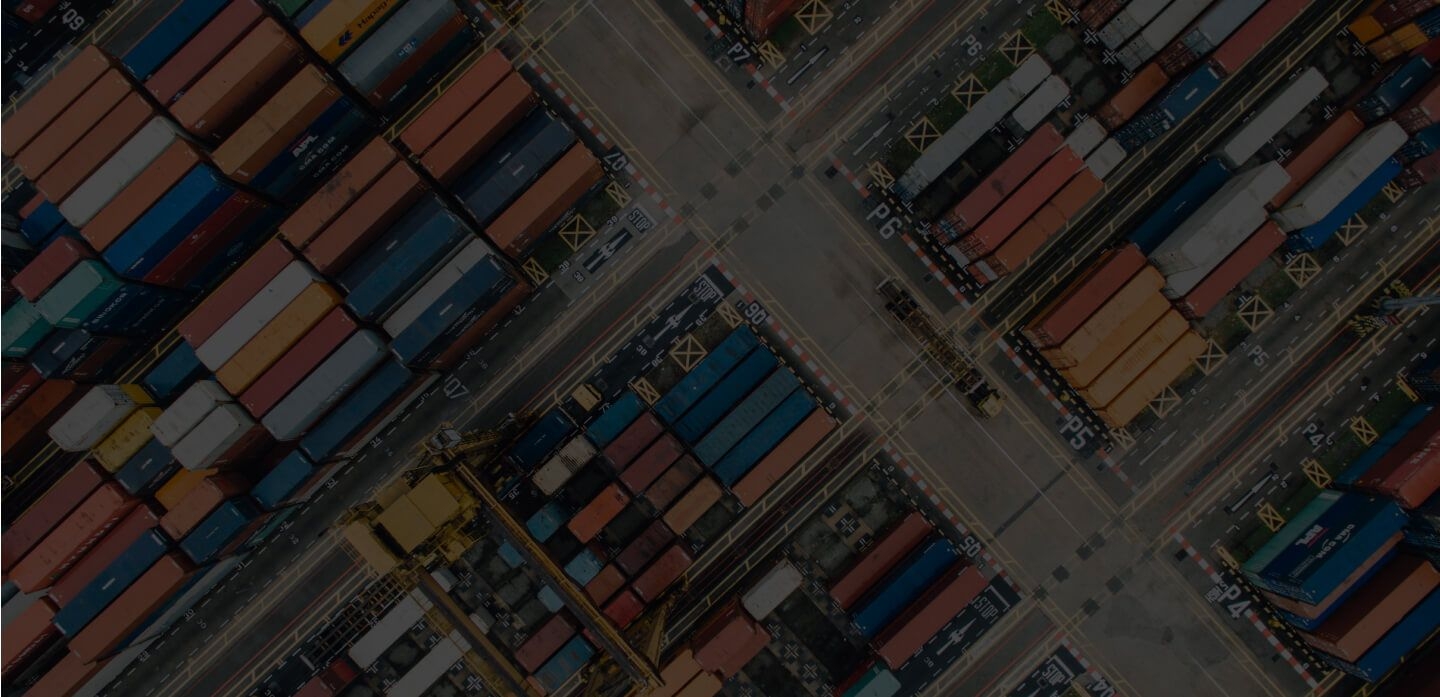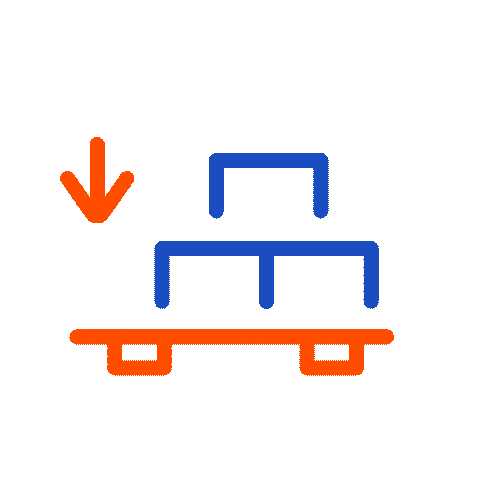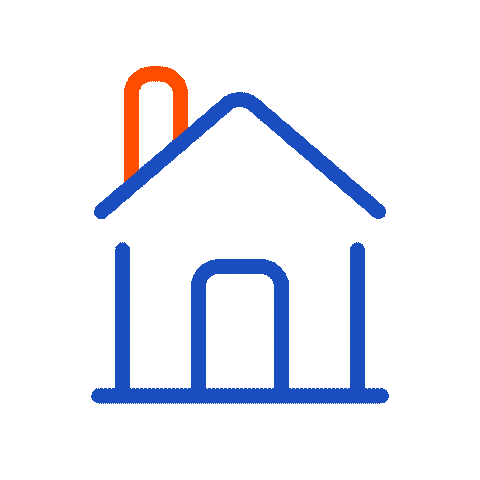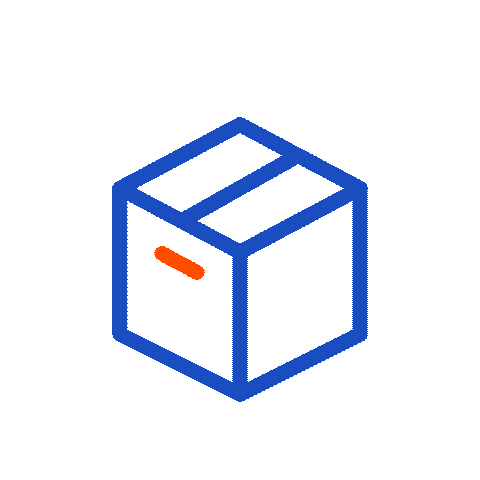
Container Shipping to Japan — Get Instant Quotes



Why Choose iContainers for Shipping to Japan?
- Main-line capacity, every week – Tokyo-Yokohama, Nagoya and Kobe sit on all Asia–North America and Asia–Europe loops, while automated on-dock rail keeps inland moves under 48 h.
- Instant digital workflow – our platform auto-submits Japan’s Advance Filing Rules (AFR) data 24 h before the vessel sails so your BL clears first time. (customs.go.jp)
- Transparent landed cost – apart from a handful of dutiable items, you pay only Japan’s 10 % consumption tax on CIF + duty. (customs.go.jp)
- Air-freight fallback – Narita handled 1.95 million t of cargo in 2024, a 4 % YoY rise, giving you 3–5-day door-to-door speed when you need it. (en.wikipedia.org, straitstimes.com)
Our Container Shipping Services to Japan
Full Container Load (FCL) Shipping
20 ′, 40 ′, 40 ′ HC and reefer boxes discharge at Tokyo, Yokohama, Nagoya, Osaka, Kobe and Hakata—the norm for just-in-time automotive parts, bulk electronics and chemicals.
Less than Container Load (LCL) Shipping
Loads under 15 m³ move on weekly LCL consolidations that devan in bonded depots at Yokohama and Osaka, trimming freight bills by up to 50 %.
Popular mode: FCL dominates auto & machinery flows, while LCL is exploding among Amazon.co.jp and Shopify sellers.
Major ports / airports served: Tokyo, Yokohama, Nagoya, Osaka, Kobe | air via NRT, KIX, HND.
Typical cargo: Automotive components, precision machinery, semiconductors, cosmetics, specialty foods.
Transit-time references:
- Los Angeles → Yokohama: ≈ 12–13 days on TP-2 / TP-7 services
- Rotterdam → Tokyo: ≈ 39–45 days south-bound via Suez
Country-specific challenges: Golden Week (late Apr) & Obon (mid-Aug) shorten gate hours; ISPM-15 rules on wood packaging are strictly enforced.
Alternative option: Air freight trims lead-time to 3–5 days via NRT/KIX for high-value electronics and pharma.
Container shipping rates to Japan
How much does it cost to ship a container to Japan?
How Long Does It Take to Ship a Container to Japan?
- East Asia → Japan: 7–15 days
- US West Coast → Japan: 12–18 days
- North Europe → Japan: 39–45 days
- Air freight: 3–5 days door-to-door via NRT/KIX.
Popular Routes and Ports for Shipping to Japan
Trans-Pacific strings hit Tokyo Bay (Tokyo / Yokohama) first, then Kansai (Osaka / Kobe). Asia-Europe loops berth Yokohama north-bound and Kobe south-bound; feeders bridge Hakata and Okinawa. Scheduled rail and barge corridors move boxes to Sendai, Shizuoka and Fukuoka within 24–48 h.
Steps to Book Your Container Shipment with iContainers
- Quote – enter origin, destination and cargo specs for an instant price.
- Upload documents – commercial invoice, packing list, HS codes (AFR auto-filed).
- Book & pay securely online.
- Track every vessel, customs and drayage milestone live.
- Clear customs – pay duty (average ≈ 2 %) and 10 % consumption tax; release your BL.
- Deliver – truck or rail to plant, 3PL, or Amazon JP FC.
What Can You Ship in a Container to Japan?
Common Commodities
- Automotive parts
- Precision machinery
- Semiconductors
- Cosmetics
- Premium foods
- Wine & spirits
Restricted or Prohibited Goods
Firearms, certain chemicals without METI license, meat & dairy lacking MAFF permits, counterfeit brands.
FAQs About Shipping Containers to Japan
Add the product’s CIF value, Japan’s low average duty (about 2 %) and the 10 % consumption tax. (customs.go.jp)
Under 15 m³, LCL consolidation is usually 40–60 % cheaper than paying for unused FCL space.
Not mandatory, but strongly recommended—add door-to-door cover at checkout.
Secure space 6–8 weeks ahead to avoid roll-overs and GRIs.